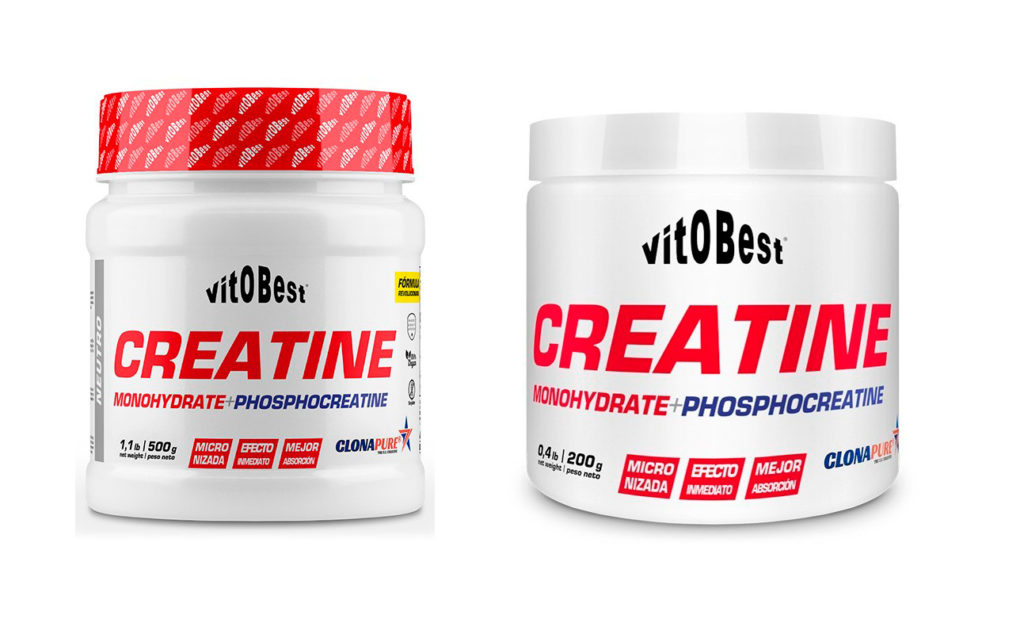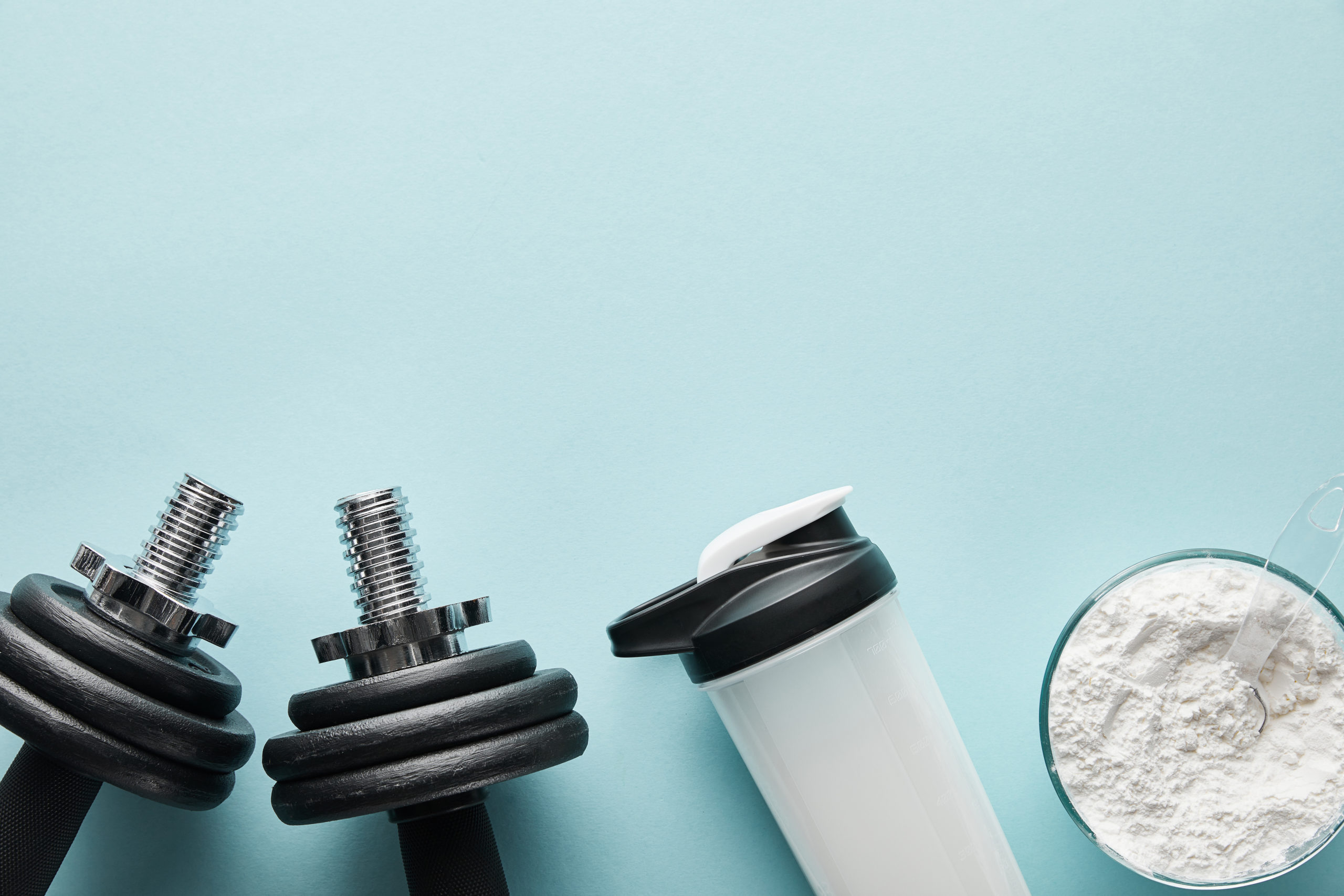types of creatine
Creatine has become one of the most extensively studied and scientifically validated nutritional ergogenic aids for athletes. It is, by far, the most effective and beneficial nutritional supplement. However, there are many types of creatine in the market, with different properties, and today we will review them to help you choose the best one for you.
Creatine Monohydrate
The most common creatine supplement in the market is creatine monohydrate.
Creatine monohydrate is made of creatine and water molecules and is 90% pure by weight.
Although creatine monohydrate is presented in several forms due to different processing, they are similarly effective at the same dose. Creatine monohydrate, in addition to increasing strength, can also increase the water content in the muscles making it bigger and fuller.
Also, a large amount of research indicates that creatine is safe to consume, and no serious side effects have been reported with its use. Read more about creatine safety here.

Creatine monohydrate + phosphocreatine
In order to have its activity, creatine must be converted into phosphocreatine. That’s why supplementation with a creatine that already contains phosphocreatine makes the time-response of it more effective than supplementing with solely creatine monohydrate.
It also makes the loading phase unnecessary, because it starts working from the first dose.
Creatine monohydrate with phosphocreatine not only improves performance, but also increases muscle growth, greater strength and leads to faster regeneration of ATP, helping recovery after intensive exercise.
In addition, its composition increases the stability of the formula by 25%, compared to regular creatine monohydrate.
One of the safest one is Clonapure®, that is manufactured in a GMP site.

Creatine Ethyl Ester
Some evidence indicates that Creatine Ethyl Ester may be better absorbed than creatine monohydrate in the body. It is also believed that creatine ethyl ester is better than the monohydrate, in terms of the muscle uptake rate of creatine.
However, a 2009 study directly compared the two and found that this wasn’t correct. In fact, creatine ethyl ester seemed to be worse at increasing creatine content in the blood and muscles than creatine monohydrate.
Buffered Creatine Monohydrate
(Kre-alkalyn)
Buffered creatine monohydrate or Kre-alkalyn is done by adding an alkaline powder to the micronized creatine monohydrate. This helps increase its stability in the stomach’s environment, which improves its absorption into the muscles.
It is also believed to reduce side effects such as bloating and cramping.
Despite the benefits, Kre-alkalyn is very expensive as compared to creatine monohydrate and other products.

Liquid creatine
Among the different types of creatine supplements, there are some that dooesn’t come in powdered form, but are already dissolved the creatine in water.
The limited research examining liquid forms indicates that they’re less effective than monohydrate powders.
In addition, it was observed that creatine when remains in liquid for several days, may break down.
But don’t worry, this doesn’t happen immediately, so mixing your creatine supplement powder with water right before consuming it should be perfectly fine.
creatine magnesium chelate
Another form of creatine is creatine magnesium chelate, which simply means that magnesium is attached to the creatine molecule.
One study compared bench press strength and endurance between groups consuming creatine monohydrate, creatine magnesium chelate or a placebo. Both the monohydrate and magnesium chelate groups improved their performance more than the placebo group, but there was no difference between them.
Because of this, it seems that creatine magnesium chelate may be an effective form, but it isn’t better than standard monohydrate forms.

Creatine hydrochloride
Creatine hydrochloride is made by binding creatine to the hydrochloride molecule and it is preferred because of its best solubility in water.
It’s speculated that a lower dose can be used, reducing relatively common side effects like an upset stomach. However, this theory is only speculation until it is tested.
Also taking this supplement may lead to a low creatine ratio and high plasma concentrations. Hence, its use is not advisable.
WHICH are THE BEST TYPEs OF CREATINE?
If you are confused about which types of creatine to choose, please remember that creatine monohydrate has the highest studies and evidence to back the claims.
It has been shown to be highly effective in increasing the body’s store of creatine, resulting in improved exercise performance.
If you use a formula that includes phosphocreatine, you will also add on top of that the benefits of a more stable formula with no loading phase required.




